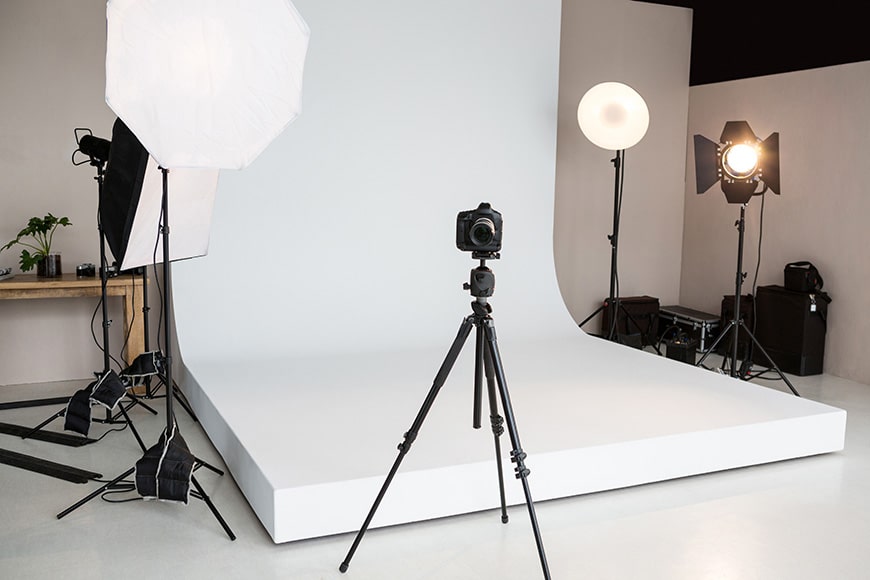Understanding Directional Lighting in Photography and Its Significance
In the world of photography, grasping directional lighting is essential for creating impactful and artistic images. This technique refers to light that emanates from a specific source, allowing photographers to skillfully manage how shadows and highlights interact with their subjects. By artfully manipulating light, photographers can accentuate particular features, establish mood, and impart depth to their images. Whether youre capturing portraits or sweeping landscapes, mastering directional lighting can truly enhance your photography.
As professional photographers, we often delve into a variety of lighting techniques, and directional lighting remains a favorite for its ability to enrich texture and form, adding vibrant visual interest to your images. By comprehending this concept, you can profoundly transform your approach to photography, boosting your capacity to express emotions and narrate stories through your lens.

Why Directional Lighting Is Important
Directional lighting fulfills several key roles in photography. To start, it can shape forms and generate depth within your images. Utilizing directional light allows you to mold the scene so that your subjects stand out against their backdrop. It also introduces dimension through shadows, providing contrast and visual intrigue. Such contrast can evoke emotional reactions from viewers, crafting an even more captivating visual experience.
Different Types of Directional Lighting
Photographers have access to various techniques for implementing directional lighting:
- Hard Light: This produces bold, defined shadows, making it ideal for dramatic effects and emphasizing texture.
- Soft Light: Creates gentle shadows and soft highlights, often used in portrait photography for a more flattering appearance.
- Side Lighting: Originates from the side, casting elongated shadows that accentuate depth and texture.
- Backlighting: Light comes from behind the subject, resulting in a silhouette effect that highlights the contour of the subject.
Best Practices for Directional Lighting
When incorporating directional lighting into your photography, consider the following best practices:
- Know Your Light Source: Understand the characteristics of your light source, whether its natural sunlight or artificial lights, as each influences exposure and shadows differently.
- Control Your Environment: Think about how your surroundings will interact with your lightingreflections, diffusion, and surface textures can significantly impact the results.
- Experiment with Angles: Dont hesitate to reposition yourself around the subject to explore various angles. The direction of light can drastically change the mood and feel of your photograph.
- Utilize Reflectors and Modifiers: Consider using tools like reflectors to enhance your directional lighting by bouncing light back onto your subject or filling in harsh shadows.

Maximizing Directional Lighting
Once you understand directional lighting in photography, its beneficial to integrate it into each shoot. Here are some strategies to enhance your lighting expertise:
1. Practice with Various Subjects
Experiment with different subjects to observe how light impacts each one uniquely. For example, lighting a textured surface will yield different outcomes compared to illuminating a smooth fabric.
2. Explore Different Times of Day
Natural light changes throughout the day, making it advantageous to shoot at various times to discover those coveted golden hours. Early mornings and late afternoons often produce soft, warm light that can transform your images.
3. Analyze and Reflect
Spend time reviewing your own photographs to evaluate your use of directional lighting. Understanding what techniques work best will lead to ongoing improvement.

Conclusion: Enhance Your Photography with Directional Lighting
In summary, mastering directional lighting in photography is vital for photographers seeking to elevate their work. By experimenting with diverse lighting methods and honing your skills through practice, youll see a considerable improvement in your ability to create stunning images. Ultimately, directional lighting is not just a technical skill but a crucial element that can distinguish your work in a saturated field.
FAQs
1. What distinguishes hard light from soft light?
Hard light produces sharp, well-defined shadows, while soft light creates gentle, diffused shadows, resulting in a more balanced and flattering appearance.
2. How does the time of day affect directional lighting?
The time of day significantly influences natural light; morning and late afternoon often bring softer light, whereas midday light can be intense and harsh.
3. Is it possible to achieve directional lighting with artificial lights?
Yes! You can manipulate artificial lights with modifiers or by adjusting their positioning, effectively creating directional lighting for your photos.
For further insights on studio lighting, check out this guide. Additionally, for tips on selecting appropriate equipment, explore how to afford a DSLR or learn to choose an action camera. If you're considering travel photography, see our advice on traveling with a mirrorless camera.
As an Amazon Associate, I earn from qualifying purchases.

